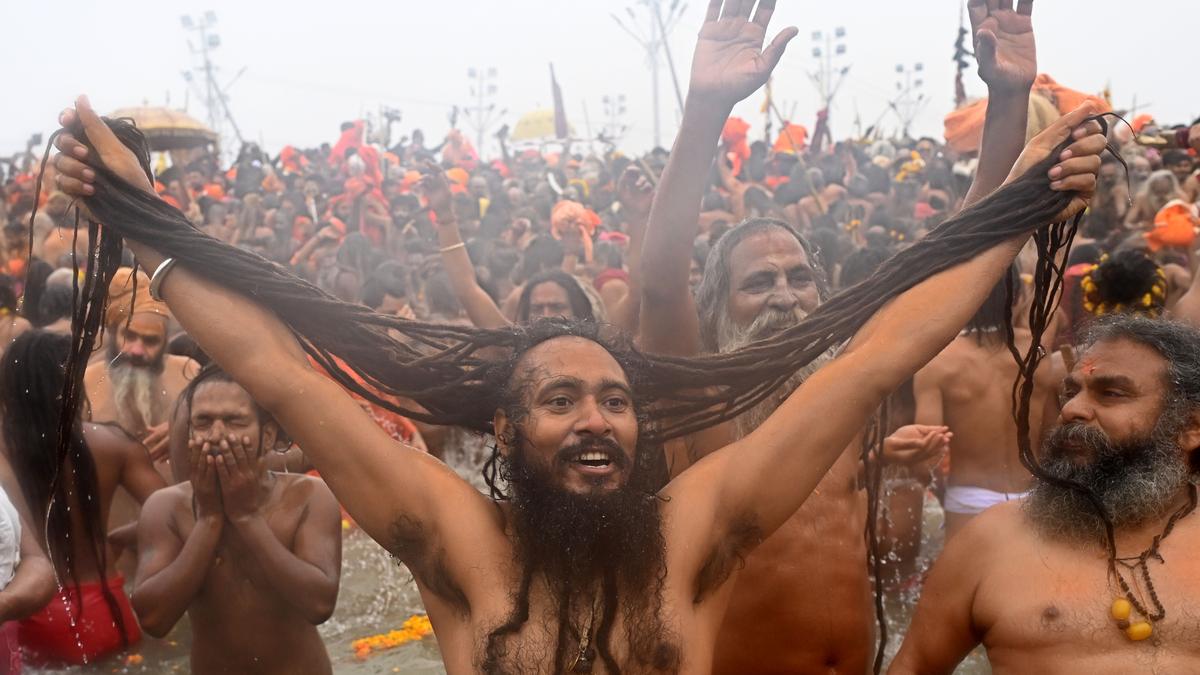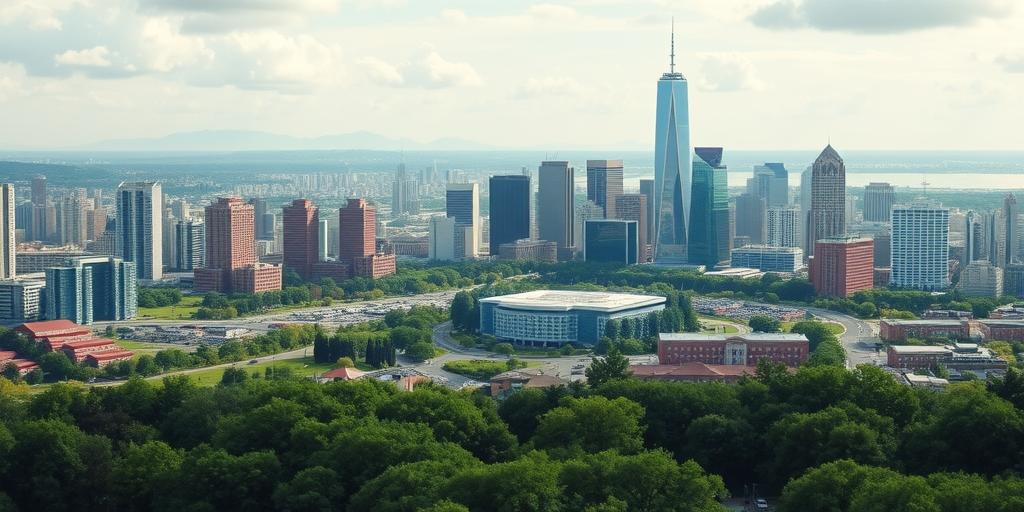Unveiling the Secrets of Kumbh Melas: A Spiritual Journey Through India's Greatest Festival

Unveiling the Secrets of Kumbh Melas: A Spiritual Journey Through India's Greatest Festival
Discover the Enthralling World of Kumbh Melas: A Journey into India's Holiest Festivals
Are you ready to embark on a spiritual adventure unlike any other? Prepare to be amazed by the Kumbh Melas, one of the world's largest and most awe-inspiring religious gatherings. This extraordinary event draws millions of devotees from across the globe, creating a breathtaking spectacle of faith and tradition. Join us as we delve into the captivating history, traditions, and significance of this ancient Hindu pilgrimage, uncovering its hidden wonders and illuminating its enduring legacy.
The Divine Origins: Unraveling the Legends of Kumbh Melas
For centuries, the Kumbh Melas have been shrouded in a mystical aura. Their origins trace back to ancient Hindu mythology, where they are believed to be connected to the mythical churning of the ocean (Samudra Manthan). In this grand cosmic event, gods and demons joined forces, their collective efforts producing the nectar of immortality – Amrit. It is said that when Lord Vishnu, in the guise of Mohini, was carrying the Amrit, a mighty battle erupted. During the commotion, drops of the sacred nectar spilled onto four sacred sites: Prayagraj, Haridwar, Nashik, and Ujjain. These locations are now considered holy tirthas, and the Kumbh Melas are held at these places to commemorate this significant mythological occurrence. These locations and their respective rivers (Prayagraj- Sangam, Haridwar-Ganga, Nashik-Godavari, Ujjain-Kshipra) each possess unique energy, drawing devoted pilgrims seeking purification and spiritual liberation. This powerful spiritual aura and connection to ancient mythology is a major contributing factor to the immense scale and significance of the Kumbh Mela.
The Role of Adi Shankaracharya
Although steeped in ancient legend, the formal organization of the Kumbh Mela as we know it today is significantly attributed to Adi Shankaracharya, the 8th-century Hindu philosopher. He is credited with establishing the framework for regular gatherings of spiritual leaders and ascetics, laying the groundwork for the meticulously organized event that it has become. Shankaracharya also introduced the significant monastery system and formed the 13 akharas (warrior-saint sects) which play a crucial role in the Mela's organization and spiritual leadership. The impact of his philosophy and strategic initiatives transformed the Kumbh Mela from a somewhat less organized spiritual gathering to a vastly organized event spanning multiple cities and many months of preparations each cycle.
The Sacred Ritual: Immersion in the Holy Rivers
The centerpiece of the Kumbh Mela is the sacred ritual of immersion in the holy rivers. Millions of devout Hindus believe that bathing in these rivers during the Mela washes away their sins and liberates them from the cycle of birth and death – moksha. This belief fuels the immense draw of this sacred pilgrimage. Each of the four sites holds significance tied to specific astrological occurrences and mythological importance which devotees keenly anticipate each cycle, contributing to the spiritual importance and timing of the Mela's different parts.
More Than Just a Dip
Beyond the simple act of bathing, the ritual involves a deeper spiritual significance. The Mela is a time for self-reflection, prayer, and communal worship. Pilgrims gather to participate in various ceremonies and attend religious discourses. It’s a powerful spectacle of faith where individuals undertake pilgrimages across the country to participate in this deeply symbolic purification and spiritual connection. It is an occasion for them to unite, offering a significant collective spiritual experience in an era that demands greater individual effort for inner peace and spiritual growth.
The Logistics and Challenges of a Massive Gathering
The sheer scale of the Kumbh Mela presents an unparalleled logistical challenge. Millions of people converge in one place over several weeks, requiring extensive planning and coordination of resources. Temporary cities of tents, accommodations, and support infrastructure are set up to facilitate such massive numbers of pilgrims. This planning is essential to ensuring basic life necessities including food, medical support, and hygiene can keep up with such an unprecedented population.
Managing the Masses
Efficient waste management, maintaining hygiene and public health during the Kumbh Mela demands innovative and proactive approaches. Considering the number of people attending this religious event, managing the massive amount of waste that is generated requires advanced preparation and efficient waste disposal plans and systems to ensure environmental preservation. Coordination with local governments and sanitation facilities plays a huge role to reduce the risk of environmental damage and outbreaks of diseases. These combined efforts result in this incredibly challenging event still retaining its reputation for smooth running over several weeks across multiple cycles and across decades of planning and management.
Kumbh Mela: A Tapestry of Faith, Culture, and Tradition
The Kumbh Mela transcends religious boundaries, offering a mesmerizing display of India’s rich cultural diversity. From vibrant processions and captivating religious chants to artistic displays and stunning visual spectacles, the experience is truly unparalleled. Each location where it occurs showcases aspects of the local culture and community, adding yet another rich layer to this incredibly culturally and historically rich occasion.
The Cultural Richness
Beyond religious ceremonies and immersion rituals, the Kumbh Mela serves as a vibrant platform showcasing the rich tapestry of Indian culture. Devotees proudly flaunt colorful garments representing varied cultural regions across India. A multitude of food stalls offer a delicious sampling of regional culinary delights, which add to this already vibrant cultural panorama.
Take Away Points:
- The Kumbh Mela is a unique confluence of religious, cultural, and social phenomena that attract millions of pilgrims annually.
- Its significance is rooted in ancient Hindu mythology and is intricately tied to religious practices and beliefs, including the belief that immersion in the sacred rivers purifies the soul and helps to reach liberation (moksha).
- The event presents immense logistical challenges requiring highly sophisticated organizational efforts to effectively serve the large mass of pilgrims and ensure minimal risk to the local population.
- It’s a vibrant cultural display showcasing India's diversity and offering a truly unique cultural experience, not just religious one.








